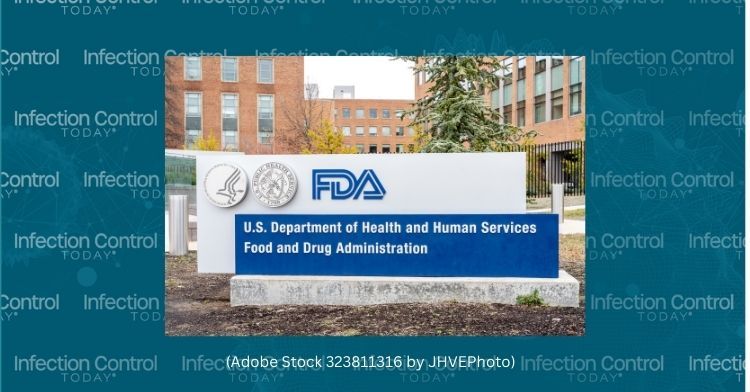Navigating Sterility: FDA's Comprehensive Guidelines on 510(k) Submissions for Sterile Devices
FDA's latest guidance on 510(k) submissions for sterile devices outlines priorities and updates for traditional and novel sterilization methods, ensuring a comprehensive approach to information inclusion.
FDA headquarters at White Oak Campus in Silver Spring, Maryland, USA
(Image Credit: @Adobe Stock 323811316 by JHVEPhoto)

The US Food and Drug Administration (FDA) recently unveiled its definitive guidance on the information to be included in 510(k) submissions for sterile devices. Titled Submission and Review of Sterility Information in Premarket Notification (510(k)) Submissions for Devices Labeled as Sterile, this document serves as a guide for FDA staff and industry members, offering crucial insights into the evolving landscape of medical device sterilization.
The guidance underscores the FDA's commitment to adapt to the evolving landscape of medical device sterilization. With the increasing use of nontraditional sterilization methods, the FDA aims to provide clarity and set guidelines for both established and novel methods.
“This guidance document updates and clarifies the information regarding sterilization processes that we recommend sponsors include in 510(k)s for devices labeled as sterile,” the author of the guidance wrote. “This guidance document also provides details about the pyrogenicity information that we recommend sponsors include in a 510(k) submission.”
In response to a surge in 510(k) submissions incorporating nontraditional sterilization, the FDA's guidance sheds light on key considerations. Traditional methods, including steam, dry heat, ethylene oxide, and radiation, are labeled “Established” in contrast to “Novel” methods.
The scope of the guidance is defined, excluding specific cases such as sterilizers classified as medical devices, processes relying on microbial exclusion, those involving materials of animal origin, liquid chemical sterilants, and reprocessors of single-use devices. Moreover, it does not encompass information on sterile reprocessing at health care facilities. Reprocessing Medical Devices in Health Care Settings: Validation Methods and Labeling.
For “Established” methods, the guidance emphasizes the inclusion of detailed descriptions, specifications, and indication of 510(k) clearance. It further highlights the necessity of stating the sterility assurance level (SAL) of 10-6 for devices labeled as sterile. While the submission should contain a description of sterilization validation, the actual validation data need not be included.
When it comes to “Novel” methods, additional information is required alongside that for “Established” methods. This encompasses a comprehensive description of the sterilization process, details on methods used to validate the sterilization cycle, and the inclusion of the validation protocol and data on sterilization validation.
The guidance document serves as a comprehensive roadmap for stakeholders in the medical device sterilization space. By offering a clear delineation of information requirements, the FDA aims to streamline the 510(k) submission process, ensuring that both traditional and emerging sterilization methods adhere to stringent standards.
2 Commerce Drive
Cranbury, NJ 08512